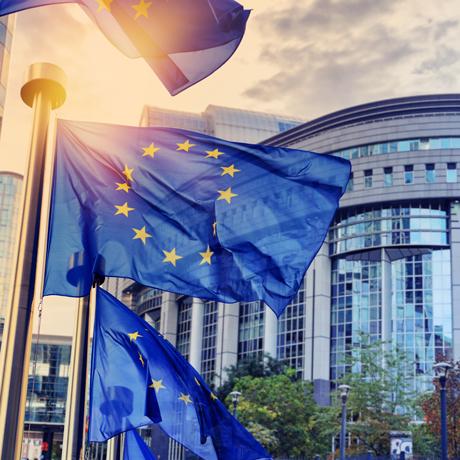
An ongoing process
SEPA is a European Union (EU) initiative to which the European Payments Council greatly contributes as one representative of payment service providers (the EPC is not part of the EU institutional framework). While migration to the SEPA Credit Transfer and Direct Debit schemes created by the EPC is now complete, SEPA is still an ongoing process; other payment sectors such as mobile and online payments require further harmonisation.

Countries applying the SEPA schemes
The area in which the EPC SEPA payment schemes (for euro credit transfers and direct debits) are available is broader than the European Union. The geographical scope of the SEPA schemes currently covers 36 countries and territories: the 27 EU Member States plus United Kingdom, Iceland, Norway, Liechtenstein, Switzerland, Monaco, San Marino, Andorra and Vatican City State/Holy See.

SEPA timeline
If you want to learn in detail about the various milestones of the SEPA project, our timeline outlines all the actions that have contributed to the harmonisation of European payments since the 1999 introduction of the euro as the common currency of eleven countries. We regularly update this timeline with news of current and future steps that will further enhance payments integration.

SEPA goals and benefits
SEPA was created to fully harmonise electronic euro payments to make it as easy and convenient for citizens and businesses to pay across Europe with one payment account and one card as it is in their home countries.

SEPA political, legal and regulatory framework
SEPA is driven by the EU institutions, in particular the European Commission and the European Central Bank. Find out more about the key EU legislation that has defined requirements for migration to SEPA, shaped the European payments landscape and now contributes to its further evolution.
More about the political drivers and legislative framework of SEPA
